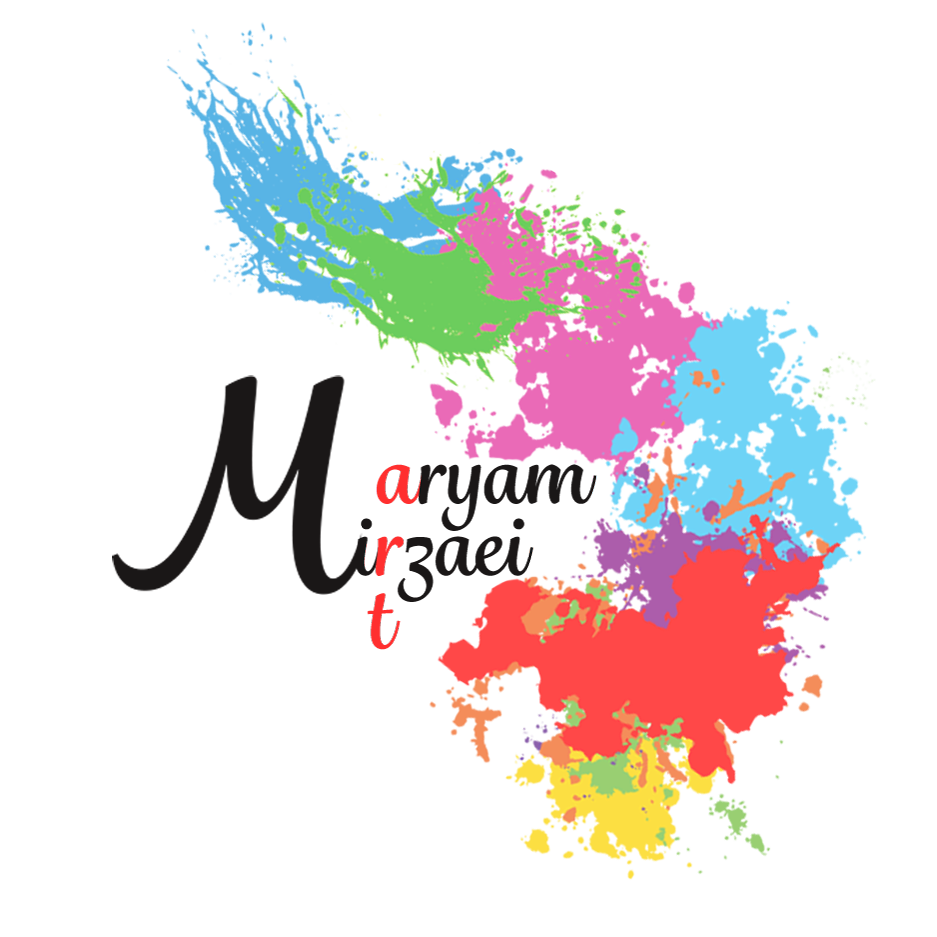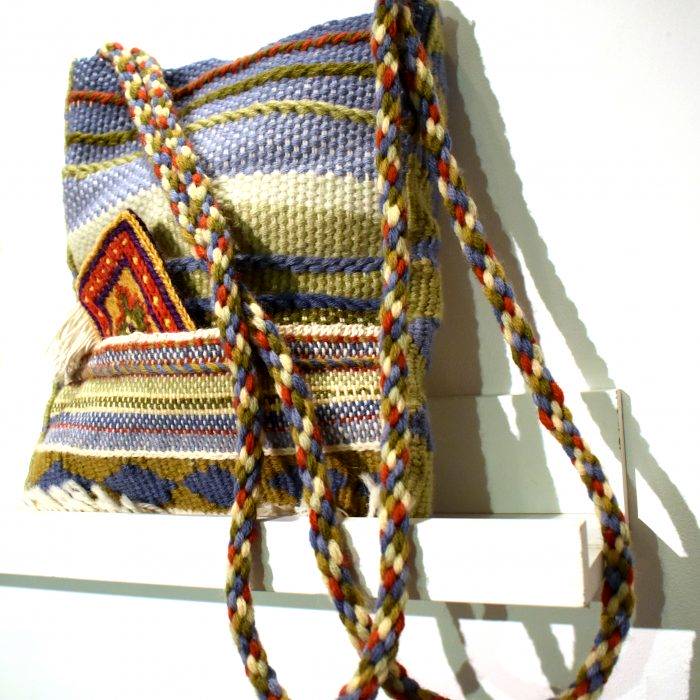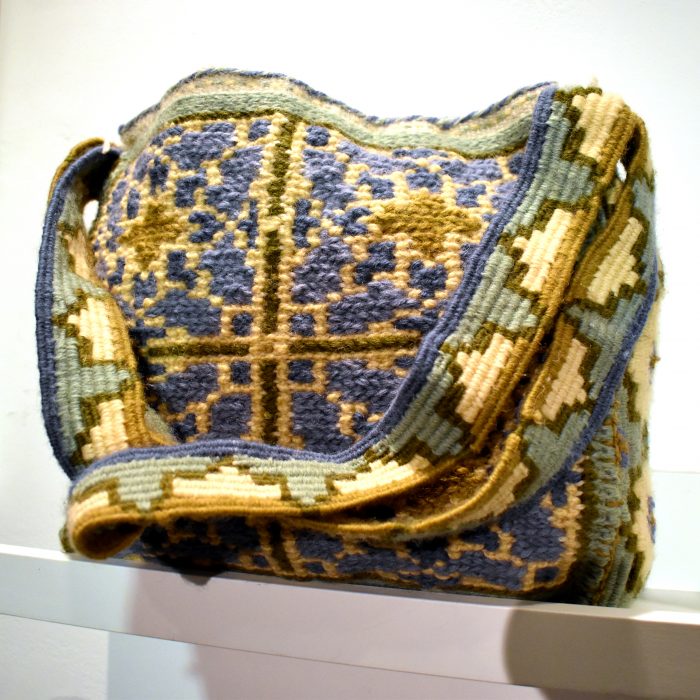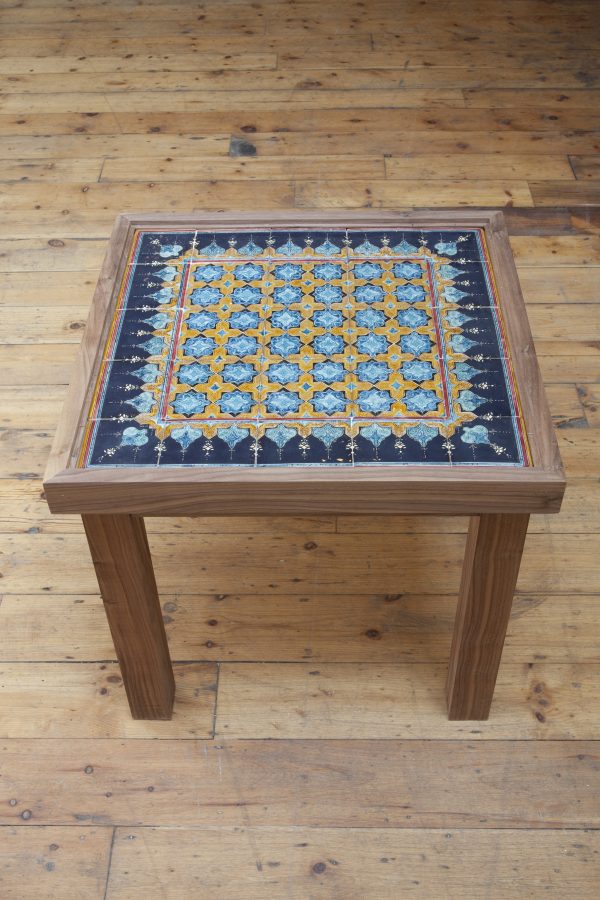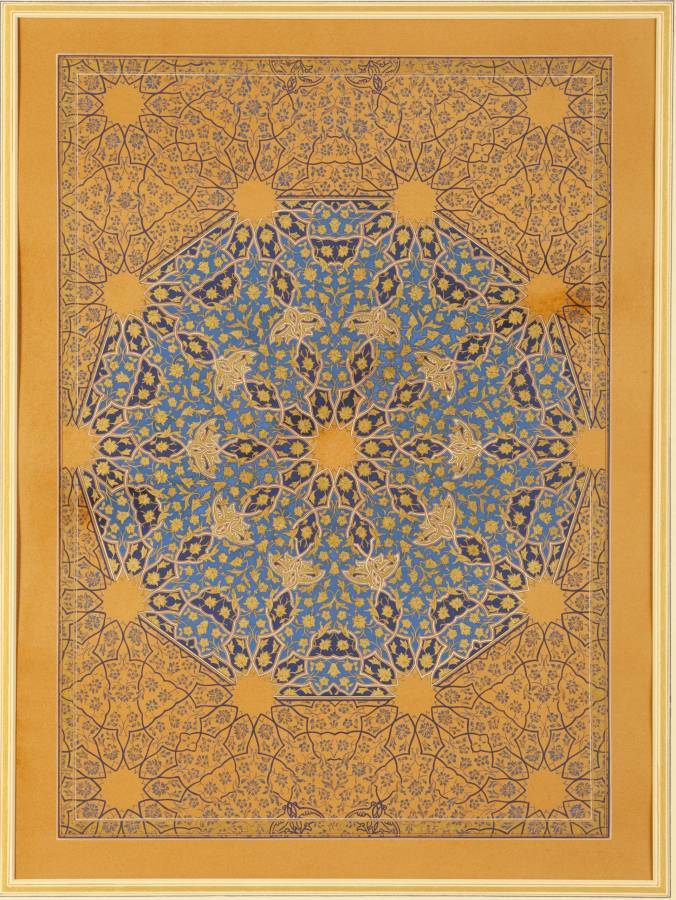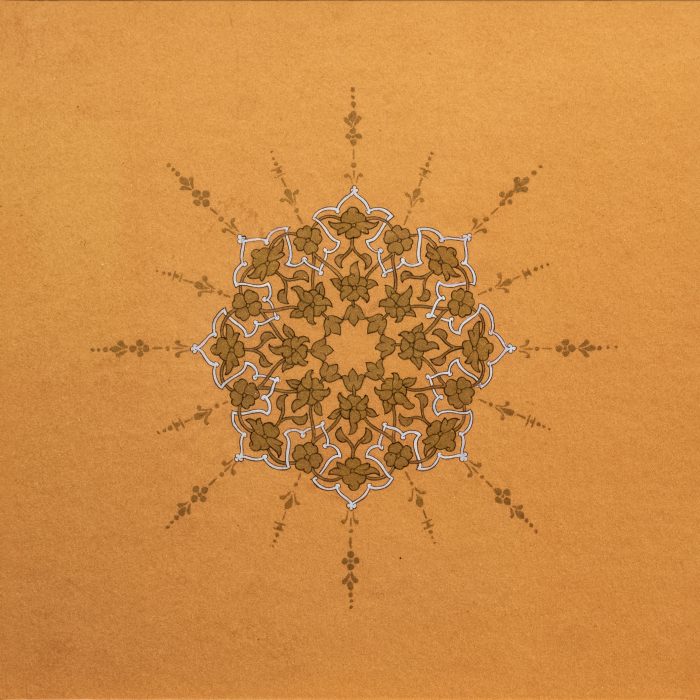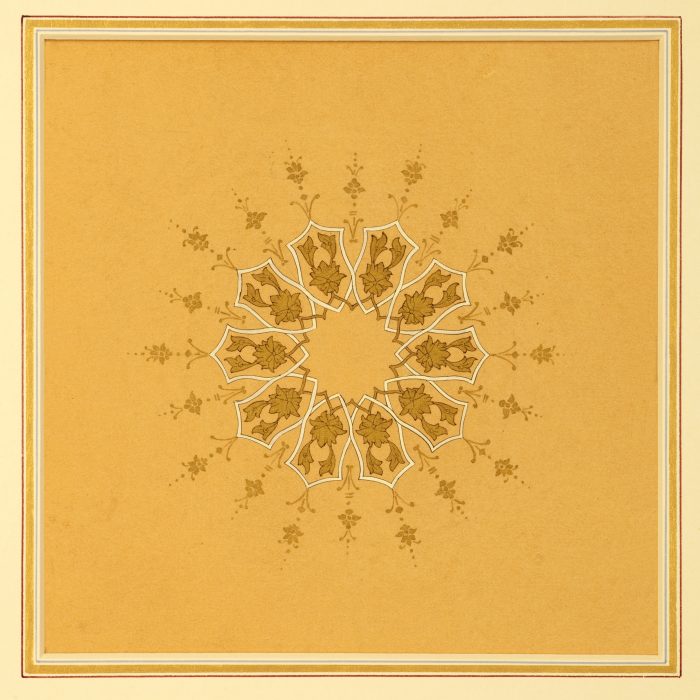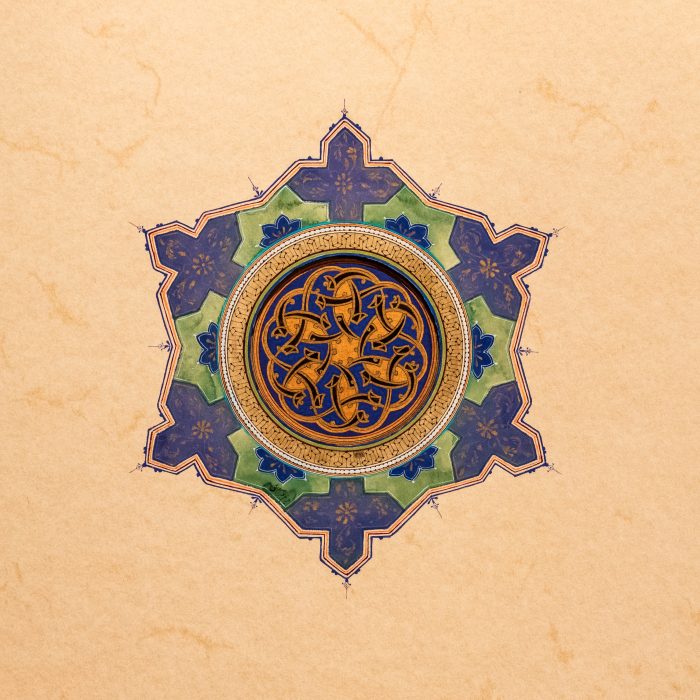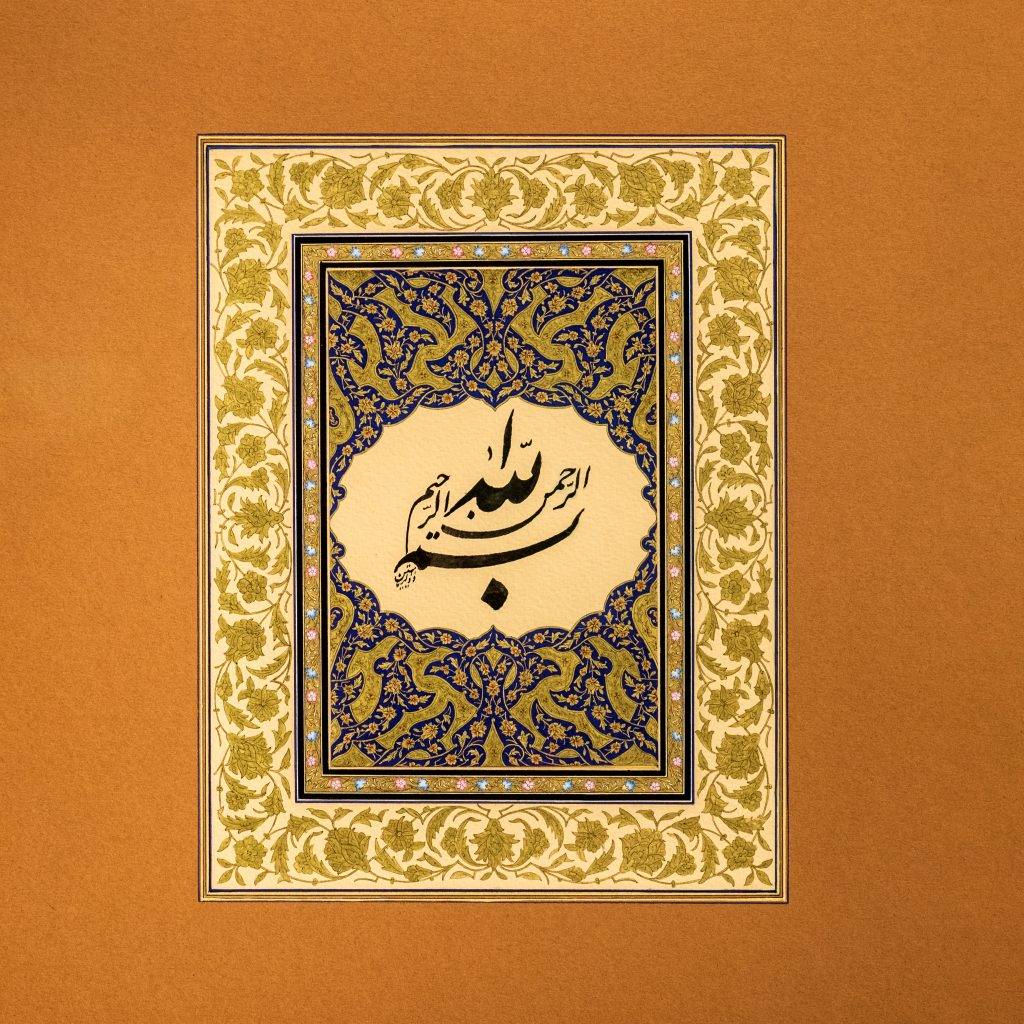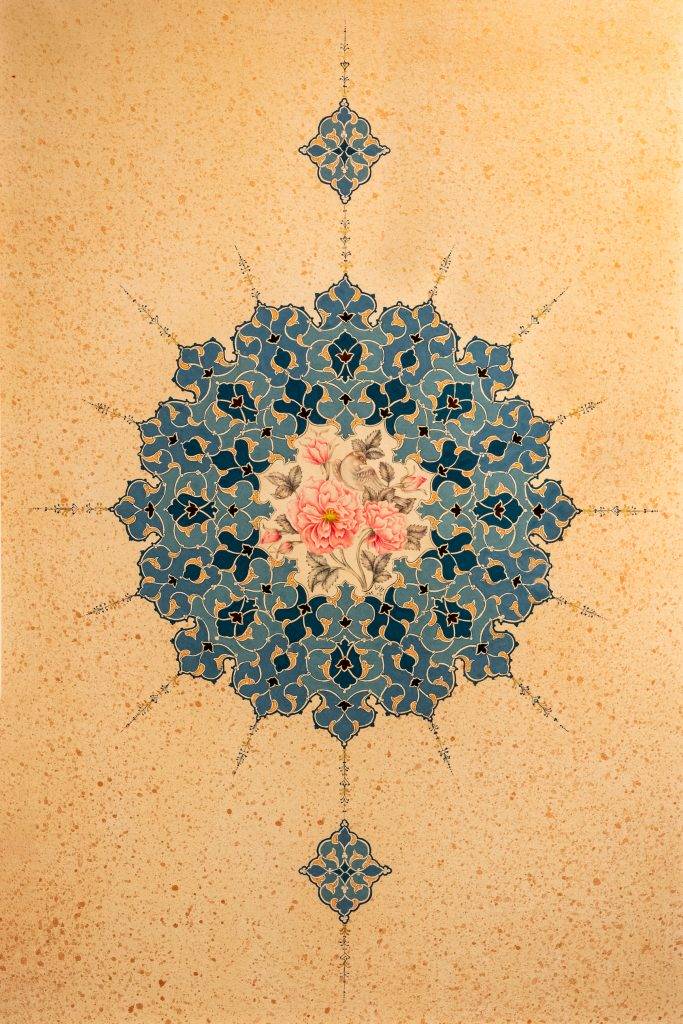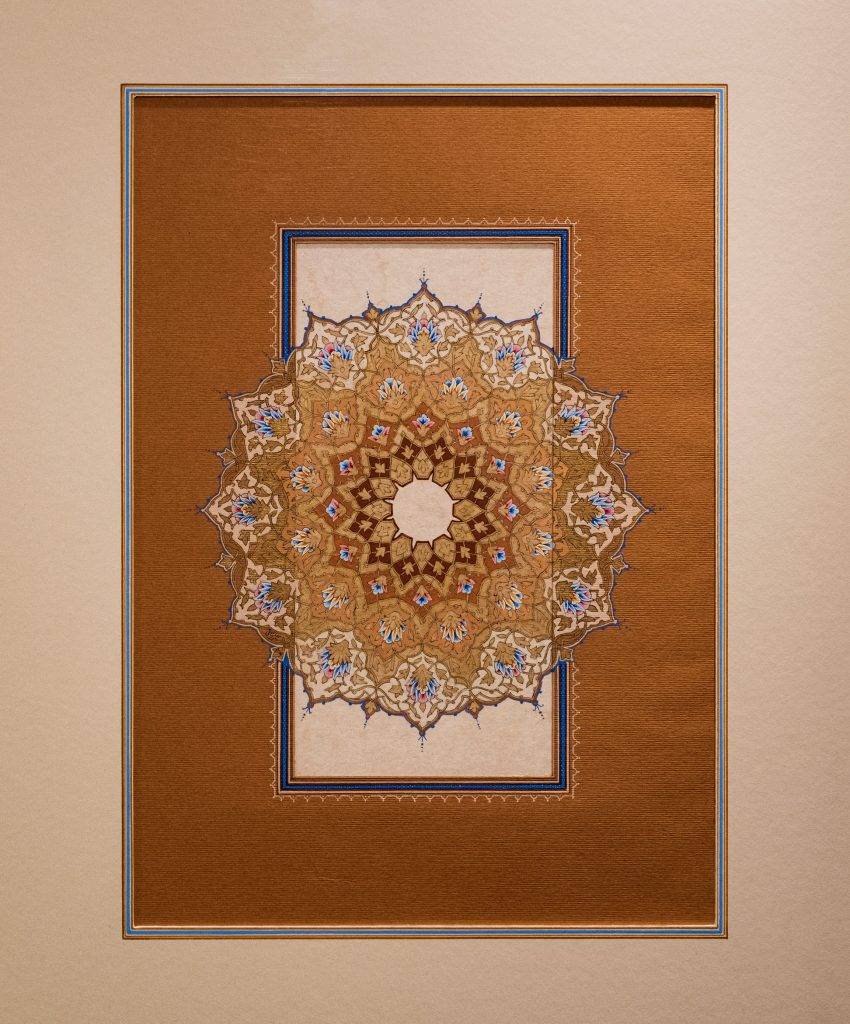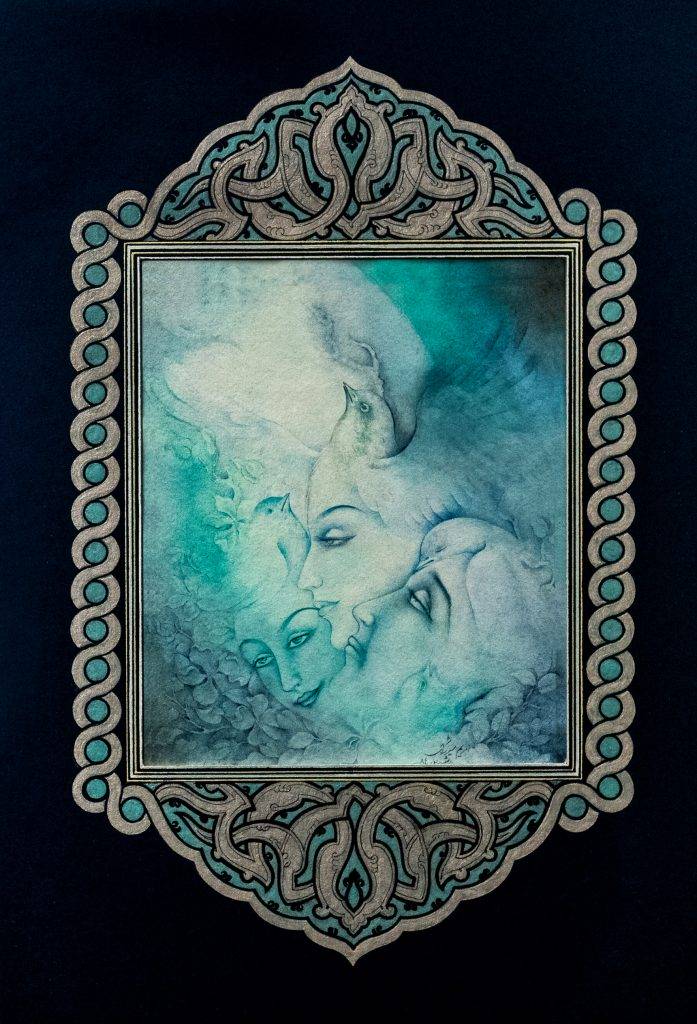Islamic decoration, which tends to avoid using figurative images, makes frequent use of geometric patterns which have developed over the centuries.
The geometric designs in Islamic art are often built on combinations of repeated squares and circles, which may be overlapped and interlaced, as can arabesques (with which they are often combined), to form intricate and complex patterns, including a wide variety of tessellations. These may constitute the entire decoration, may form a framework for floral or calligraphic embellishments, or may retreat into the background around other motifs. The complexity and variety of patterns used evolved from simple stars and lozenges in the ninth century, through a variety of 6- to 13-point patterns by the 13th century, and finally to include also 14- and 16-point stars in the sixteenth century.
Geometric patterns occur in a variety of forms in Islamic art and architecture including kilim carpets and Persian girih.
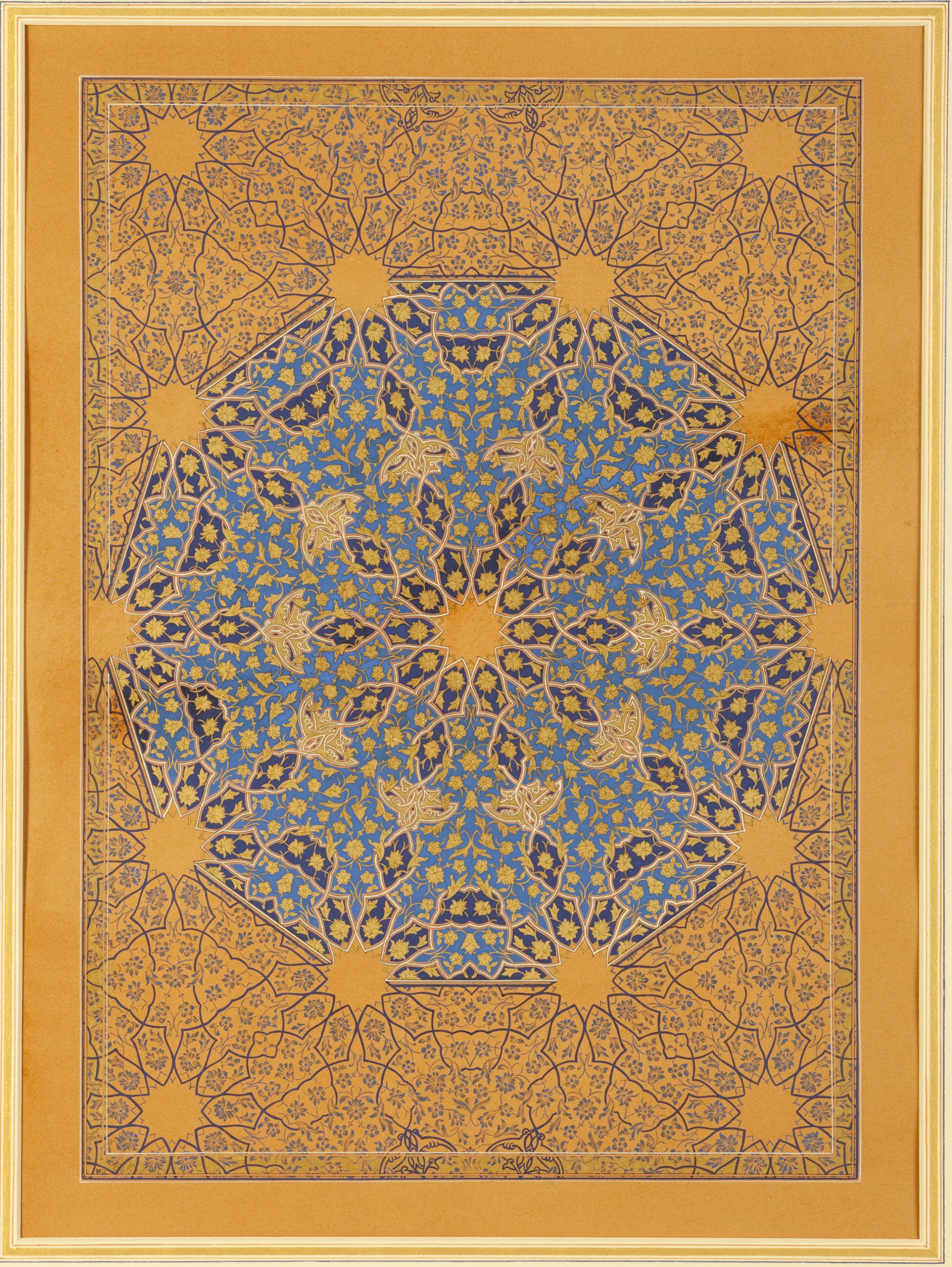
Moses & Shepherd
Original size: 47cm by 63cm
Year: 2013
This features a 12-fold geometric pattern. In the centre there is a flower and bird design similar to the style which flourished in the Qajar era. The central miniature portrays a famous story called “Moses and the Shepherd” (Musa va Shaban), in which Moses converses with a shepherd about the shepherd’s devotional prayer; this story is told in Rumi’s Masnavi.
Shamseh ‘Eshq
The outline has been done with handmade Persian ink.
Original size: 50cm by 70 cm
Year: 2013
The background is a 12-fold Islamic geometric pattern, which is used as the guideline. The paper is hand-made. The original work was sold in 2013 to Mr Brian Keeble, but a print copy is available for purchase.
Shamseh I
The outline has been done with handmade Persian ink
Original size: 30cm by 30cm
Year: 2013
The background is a 12-fold Islamic geometric pattern. The geometric pattern has been used as the guideline; this has resulted in two different pieces of artwork.
Shamseh II
The outline has been done with handmade Persian ink
Original size: 30cm by 30cm
Year: 2013
The background is a 12-fold Islamic geometric pattern. The geometric pattern has been used as the guideline; this has resulted in two different pieces of artwork.
Shamseh III
The outline has been done with handmade Persian ink.
Original size: 30cm by 30cm
Year: 2013
The background of the shamseh is a geometric design. The geometric design has been used as the guideline. In the middle, there is another shamseh with an interwoven Islimi pattern.
